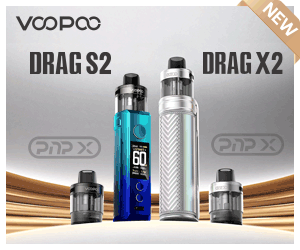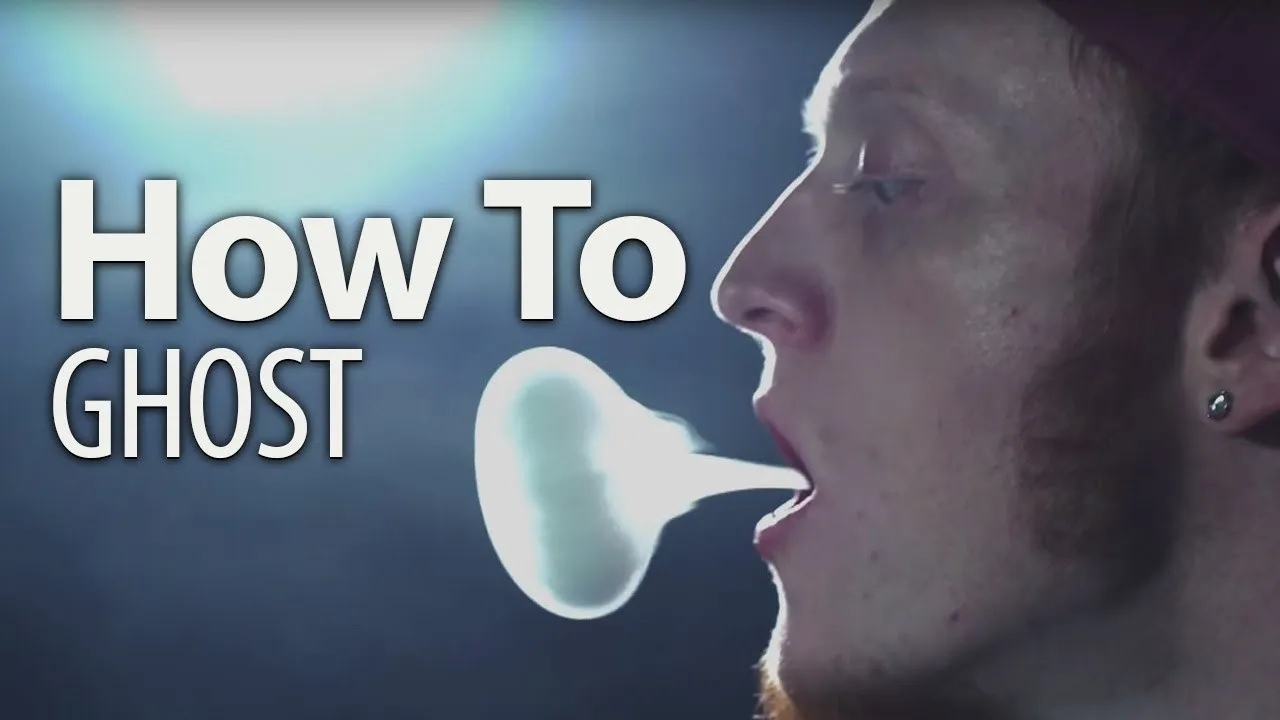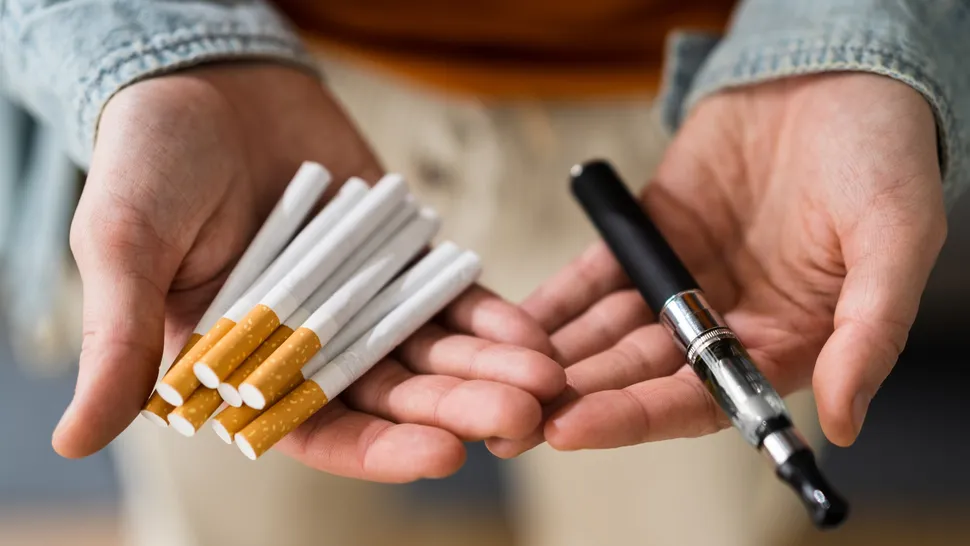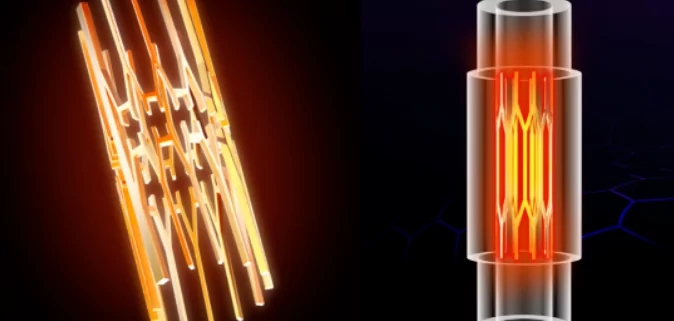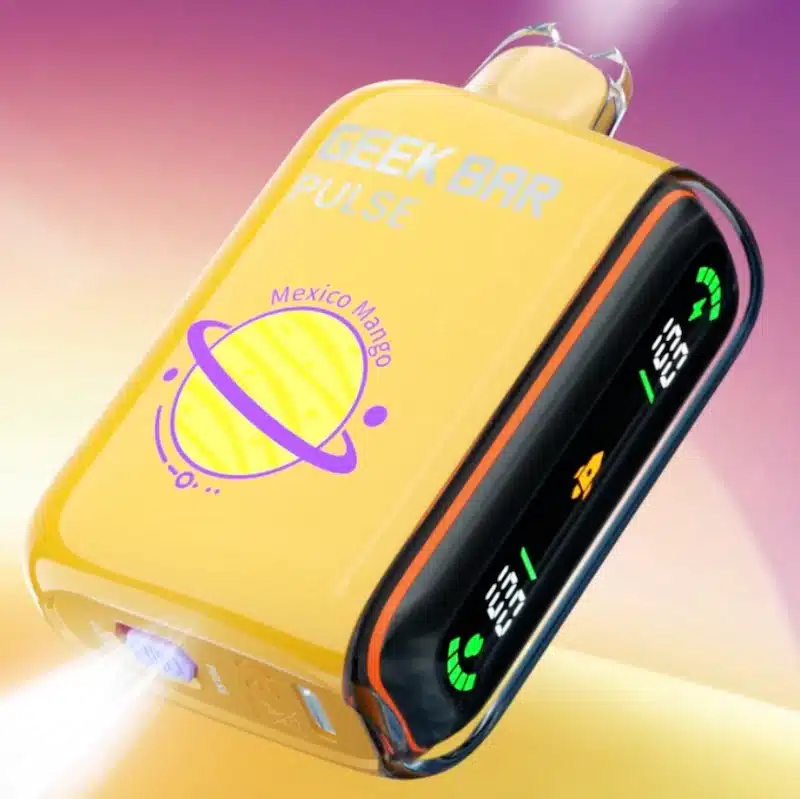The Origin and Meaning of ‘Vape’
The word ‘vape’ first emerged in the 1980s and is believed to be an abbreviation of the word ‘vaporizer’. Vaporizers were developed as a medical device to heat cannabis or tobacco just enough to release active compounds without burning the material. This allowed patients to inhale the therapeutic vapors while avoiding the harmful byproducts of combustion.
The earliest known recorded usage of the word ‘vape’ is in a 1983 New York Times article titled “Now, A Vaporizer You Can Smoke” about early cannabis and tobacco vaporizers entering public awareness. The word saw increasing use throughout the 1990s and 2000s as more consumer-friendly vaporizers were commercialized.
By 2010, vaping had entered the Oxford English Dictionary defined as:
“To inhale and exhale the vapor produced by an electronic cigarette or similar device.”
So in essence, to ‘vape’ simply refers to the act of inhaling vapor through the mouth into the lungs. The vapor may contain nicotine, marijuana, flavorings, or nothing at all. The key factor that distinguishes vaping from smoking is that no combustion occurs when vaping.
Vaping Products, Methods and Devices
There are a variety of products and devices associated with vaping. The most common types of vaping devices include:
Disposable vape
- Convenient and portable – Disposable vapes are lightweight and easy to carry around.
- Simple to use – Disposable vapes are draw-activated so there are no buttons to press.
- Cost-effective – They are relatively inexpensive compared to other vaping devices. The device is discarded after the e-liquid runs out.
- Pre-filled – The e-liquid is pre-filled so you don’t need to fill it yourself. There’s no mess or hassle involved.
- Limited vapor production – Disposable vapes typically have a lower vapor output than advanced mods. The battery life and e-liquid capacity is also lower.
- The puff count can vary quite a bit between disposable vape brands and models. Higher quality devices tend to have a larger puff count overall.
Vape Pens
- Compact, cylindrical vapes
- All-in-one design with built-in battery, heating element, and refillable reservoirs
- Popular for vaping nicotine e-liquids or cannabis oils
Pod Vapes
- Small, lightweight devices that use pre-filled disposable pods
- Simple to use with minimal settings to adjust
- Allow easy switching between flavors
Mods/Advanced Personal Vaporizers
- Larger, more customizable devices
- Separate batteries, tanks, coils allow for modifications
- High wattage output provides vapor production preferred by some
Dry Herb Vaporizers
- Designed specifically for cannabis flower or tobacco
- Feature heating chambers and precise temperature control
- Release active compounds without combustion of material
In terms of methods, vaping can refer to:
- Inhaling from a vaporizer, vape pen, or e-cigarette
- Using disposable pre-filled cartridges or pods
- ‘Dripping’ – applying drops of e-liquid directly onto an atomizer
- Sub ohm vaping – using atomizers under 1 ohm resistance with higher power
What’s in Vape Liquids and E-Juices?
Vape juices, oils and e-liquids can contain various components including:
Solvents: The base makes up 50-90% of the solution and acts as a carrier for flavorings and nicotine. Common solvents include:
- Propylene glycol (PG) – a petroleum byproduct, provides a ‘throat hit’
- Vegetable glycerin (VG) – made from plant oils, creates more vapor
Nicotine: Many e-liquids contain nicotine, usually around 0-36 mg/mL. This provides a stimulant effect for ex-smokers.
Flavorings: Food-grade flavorings are commonly added, from vanilla and menthol to more exotic options.
Water: Used to dilute and adjust thickness of the propylene glycol and vegetable glycerin base.
Additional Ingredients: May include additives for smoothness, sweetness, pH adjustment, or nicotine absorption.
| Ingredient | Role |
|---|---|
| Propylene glycol, vegetable glycerin | Solvent/base |
| Nicotine | Stimulant, provides ‘throat hit’ |
| Flavorings | Adds taste |
| Water | Dilutes and thins the vapor |
Vape liquids may also contain THC, CBD, or other cannabis extracts instead of or in addition to nicotine. The solventbase carries these active compounds into an inhalable vapor.
The Rise of Vaping – Reasons For Its Popularity
Several interrelated factors have caused vaping to explode in popularity, especially among youth, including:
- Perceived as safer than smoking – Lack of combustion presents lower health risk compared to cigarettes in some studies. Vaping viewed as ‘harm reduction’ for smokers.
- Social/recreational activity – Flavors, vapor clouds, and technology provide enjoyment. Vape culture promotes vaping as appealing lifestyle.
- Nicotine delivery – Provides a legal way to ingest stimulating nicotine, especially for non-smokers.
- Cannabis and THC use – Allows discreet consumption of cannabis extracts and oils.
- Marketing and availability – Vapes widely available in stores, online ads, and influencer promotion. Marketed as a safer, healthier alternative to smoking.
- Stealth/convenience – Allows nicotine ingestion in public places where smoking banned. Easier to hide from authority figures.
- Peer influence – Trendiness among youth who perceive vaping as a social norm. Friends vaping increases individual likelihood.
| Reason | Details |
|---|---|
| Perceived reduced harm | Seen as safer than cigarettes due to lack of combustion |
| Social/recreational appeal | Enjoyable due to flavors, vapor tricks, and vape culture |
| Nicotine delivery | Legal way to get a nicotine fix, especially for nonsmokers |
| Cannabis/THC use | Allows discreet cannabis oil consumption |
| Marketing and availability | Heavily marketed as healthier choice |
| Stealth and convenience | Easy nicotine ingestion where smoking is banned |
| Peer influence | Trendiness among youth who vape socially |
These factors have combined to make vaping a multi-billion dollar industry and cultural phenomenon. However, unknown health effects, nicotine addiction risks, and appeal to youth have made it highly controversial.
Health Effects and Risks of Vaping
Many people perceive vaping as safer than smoking. While it avoids many toxic byproducts of combustion, research on its long-term health impacts is still emerging:
Compared to smoking:
- Reduced carcinogens – Vaping lacks many cancer-causing agents created when burning tobacco and paper. This greatly reduces cancer and lung disease risks.
- Less lung irritation – No smoke inhalation means less irritation and inflammation of the airways. Studies show at least short term improvements in smokers who switch.
- Unknown toxicity of flavorings – Hundreds of different e-liquid flavorings exist, many untested for safety via inhalation. Some may have harmful effects.
- Addictiveness – High nicotine concentrations may lead to dependence in some users, especially youth. Difficult to quit for those addicted.
- Other health risks – Some studies link vaping to increased cardiovascular disease, respiratory issues, and seizures, but more research needed.
Compared to not smoking/vaping at all:
- Nicotine effects – Nicotine is highly addictive and affects teenage brain development. Risk of addiction higher for non-smokers who start vaping.
- Aerosol inhalation – Long term effects of inhaling PG/VG aerosol deeply into lungs remains unknown.
- Heavy metal exposure – Potential exposure to metals from heating elements and particles within vape aerosol.
- Acute injuries – Rare but severe lung injuries and burns associated with modifications, misuse of devices, and unregulated products.
So while vaping is likely to be less harmful than traditional smoking in some respects, it cannot be considered completely harmless or healthy, especially for youth non-smokers. Ongoing research is still required to fully determine long-term effects.
Vaping Regulations and Controversies
Vaping has become an increasingly controversial public health issue due to its rising popularity among youth and unknown long-term effects. This has led to debates over regulation:
- Minimum age – Legal age to purchase nicotine vapes federally raised from 18 to 21 in December 2019. Some advocate it should be raised further to 25 when the brain is fully developed.
- Advertising restrictions – Calls to restrict youth-targeted advertising, influencer promotion, and candy-like flavoring that appeals to teenagers. Similar to existing tobacco advertising limits.
- Public vaping bans – Vaping banned in many public spaces over concerns about involuntary exposure and re-normalizing smoking behaviors. Some argue this encourages covert teen use.
- Product standards – Lack of manufacturing and testing standards led to serious lung disease outbreaks when additives like vitamin E acetate were introduced into illicit market vapes. Regulation could ensure safety.
- Taxation – Proposals for substantial e-cigarette taxes to deter youth uptake and fund prevention and treatment. Tobacco taxes reduced cigarette use.
| Year | Regulation |
|---|---|
| 2019 | Federal minimum age raised to 21 |
| 2022 | FDA bans fruit/candy nicotine flavors beyond tobacco and menthol |
| 2023 | Bills introduced to ban online sales and advertise limits |
Ongoing debates weigh potential benefits of vaping for adult smokers against risks of youth uptake. With teen vaping at epidemic levels according to surveys, regulators continue to explore ways to curb use and avoid creating a new generation addicted to nicotine.








